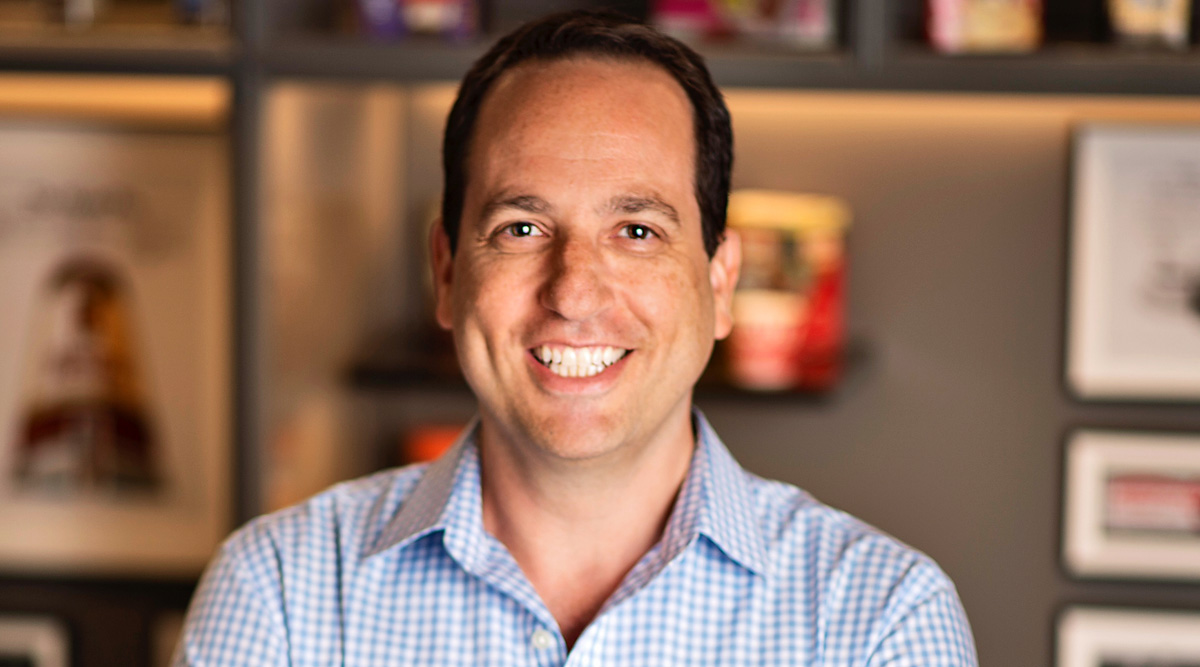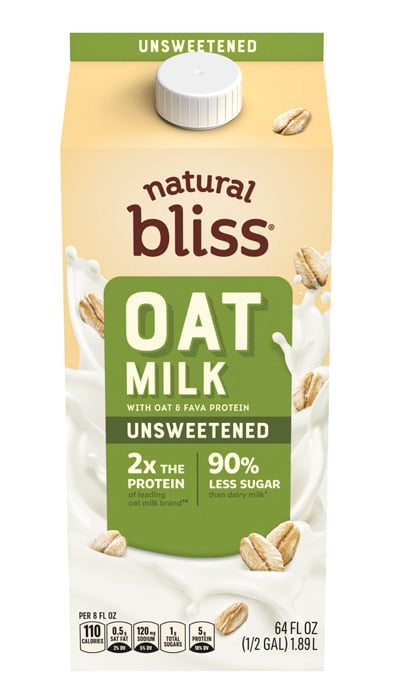A New Playbook for Innovation at Nestlé
Nestlé is fast tracking product development with approaches that include more of a focus on tapping internal expertise.

July 2023
Volume 77, No.6
Nestlé SA has accelerated its development process by 60% since 2016, and between 2020 and 2021 it tested and launched 12% more innovations, most of which the company believes brought meaningful differentiation to the market.
But there’s no resting on laurels here. The Swiss-based CPG titan is still pressing the pace of internal innovation. “We’re moving more rapidly and taking more risks,” says Doug Munk, senior director for new business ventures for Nestlé USA. The pace of technological change and pressure from competitors “require a completely new innovation playbook than in the past.”
Nestlé USA established the pillars of a new approach to innovation about five years ago, consisting of constant reimagining of its core brands such as Stouffer’s, DiGiorno, Natural Bliss, and Toll House, “reexamining and optimizing our portfolio,” as Munk puts it, and leveraging “new innovation models beyond traditional ways of working.”
Leadership commitment has been key, as Nestlé USA Steve Presley spearheads the U.S. arm’s adaptation of the global company’s simplification of the overall R&D process, including eliminating project approval hurdles, establishing 14 R&D accelerators around the world, product testing in real world conditions, and harnessing artificial intelligence in the development of concepts, formulations, and other areas.
Technology “has opened such an aperture for new business models and ways to deliver and satisfy consumer needs that didn’t exist at the level of scale we’re seeing together,” Munk says.
Just as important is focusing on consumer relevance. “You’ll see [product and brand] failures across the marketplace, and 80% of those fail because they’re not answering a consumer need,” Munk says.
That’s one reason Nestlé’s R&D folks succeeded, for instance, in getting a new line of Lean Cuisine Balance Bowls entrées into freezer cases recently. “Our meals business took a look at how to address the health needs of consumers through their products,” says Joanna Yarbrough, head of the Nestlé Zone North America R&D accelerator.
After closely investigating “what life is like for the diabetic consumer, how they choose meals for themselves and their families, and how they manage their health condition, and the struggles and difficulties in that process,” Yarbrough says, Nestlé aligned with the American Diabetes Association to introduce the new line earlier this year, the first meal offerings in the market to meet the association’s frozen entrée nutrition guidelines.
An important broad initiative incorporating each aspect of Nestlé ’s more robust approach to internal innovation is Open Channel, an internal crowdsourcing platform that “allows us to solicit ideas from across an organization north of 20,000 employees in Nestlé USA,” Munk explains. “In the past, we would have suggestion boxes for ideas, but now we have platforms where immediately we can reach out to the whole organization and get ideas. What amazes me about that is people are excited to do it—they don’t need an incentive.
“The days of putting 15 people in a conference room to come up with ideas in an opportunity area is a bit laughable when you have access to 20,000 people who truly are dealing with the pain of unmet needs you’re trying to research with consumers.”
Open Channel includes a commercialization contest. It starts with a corporately conceived “challenge” to employees to come up with ideas, maybe for a new food or beverage. A steering group narrows proposals to six to pitch to the top brass, using criteria including feasibility, desirability, and manufacturability. “And,” Munk adds, “it’s got to be something that is not completely outlandish.”
The idea “founders” get about eight weeks and Nestlé assistance on technology, consumer research, marketing, and pitching before presenting to executive leadership. “It’s the most enjoyable four hours of an executive’s month because they finally get to see the incredible talent and skills of our people, and it fuels a culture of innovation,” Munk says.
Initial winners have included Outshine Smoothie Cubes, which employee Kelaine Cleary originally pitched in 2019 as a way to make smoothies at home more easily but without compromising quality or variety. Within several months, Nestlé had the product out to its first wave of stores.
Food Technology Articles

How to Formulate for Food Intolerances
In this column, the author describes the global prevalence of food intolerances and provides insight into state-of-science ingredient replacement and removal methods when formulating gluten-free and lactose-free foods.

Top 10 Functional Food Trends: Reinventing Wellness
Consumer health challenges, mounting interest in food as medicine, and the blurring line between foods and supplements will spawn functional food and beverage opportunities.

Future Food-Tech 2024 Tackles Transformation, Underscores Collaboration
Mission-driven Future Food-Tech exhibitors and conference presenters showcased innovative, transformative ingredients and technologies and emphasized the importance of collaboration in addressing food system challenges.

Whipping Up a Bright New Idea
A profile of whipped cream category innovator Whipnotic.

Natural Product Expo West Attention-Getters: Highlights From the Event
Food Technology Contributing Editor Linda Milo Ohr reports on trends she tracked at Natural Products Expo West 2024.
Recent Brain Food

IFT Helps Young Innovators Excel in Their Careers
Amid mounting innovation pressures, a unique primer offers guidance for those new to food and beverage product development.
Chef Gale Gand Shares Stories and Her Grandma’s Emergency Cake Recipe
During SHIFT20, renowned pastry chef Gale Gand led attendees through a virtual baking lesson in which they made Lydia’s Austrian Stuffed Shortbread. There wasn't enough time during the event to answer them all, so Food Technology’s Senior Digital Editor Kelly Hensel followed up with the chef to get the answers to your burning questions.
Formulating Foods for Heart Health
Food scientists and technologists are constantly looking for ways to put healthful foods that help consumers reduce the risk of heart disease on grocery shelves, but there is still much work to be done.

Pitch Competition Benefits Extend Beyond Prize Dollars
While preparing for and participating in well-organized pitch competitions, start-ups experience numerous benefits, even if they don’t claim top honors.

Patent Filings Indicate Continued Growth in Gut Microbiome Market
The final post in our gut microbiome series examines the technological growth and development in the gut microbiome through the lens of recent patent filings, which is a strong indicator for where the market is headed in the future.




